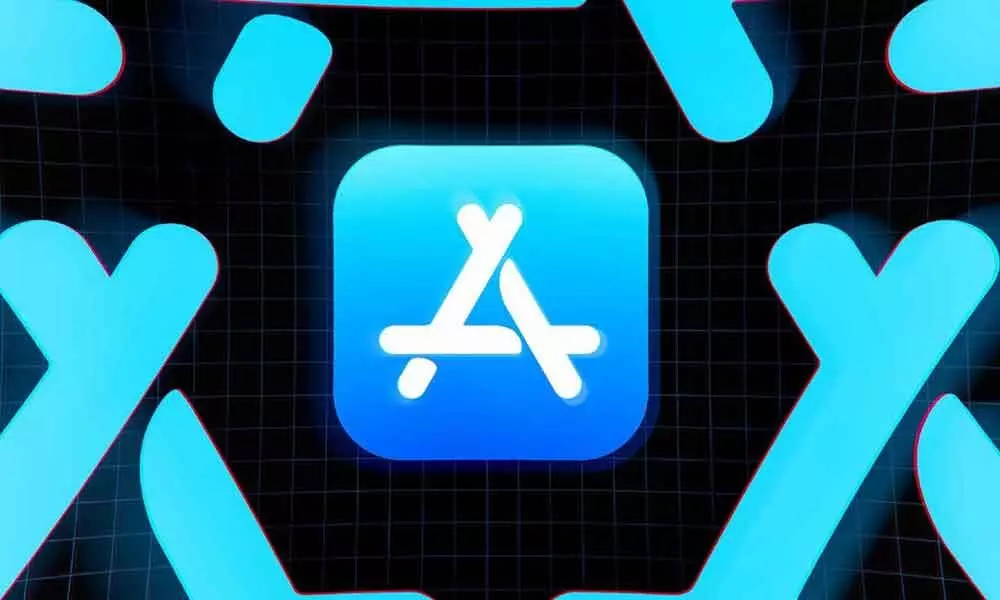iOS 15 brings better customer support for in-app purchases

iOS 15 brings better customer support for in-app purchases
As part of this week's release of iOS 15, iPadOS 15, and watchOS 8, Apple also introduced StoreKit 2, a set of APIs for subscriptions and in-app purchases.
As part of this week's release of iOS 15, iPadOS 15, and watchOS 8, Apple also introduced StoreKit 2, a set of APIs for subscriptions and in-app purchases. New Swift-based tools could help developers better track and support purchases made by their users rather than relying on third-party solutions like RevenueCat.
The kit introduces new APIs to "determine product entitlement and offer eligibility, quickly get a user's in-app purchase history, find out the latest subscription status with simple verification," and most of all. Importantly, it provides a way for users to manage subscriptions and request refunds in the app. Apple is also updating the App Store server API and App Store server notifications so developers can know when a user's subscription expires in real-time and possibly offer a free extension.
As RevenueCat points out in a blog post that breaks down Apple's changes, the StoreKit 2 features only work on devices running newer software like iOS 15. Apps that still support older versions of Apple's operating system are encouraged, and most of them will do it for quite some time. use the original StoreKit. This divide could grow over time: Apple allows users to stay on iOS 14 and only receive security updates, and given how long the company's products last, there are likely a lot of old iPads and iPhones out and about. Fortunately, StoreKit 2 and StoreKit are interoperable, "Purchases made with the original StoreKit API will continue to be accessible through the new StoreKit 2 transaction and renewal information APIs," Apple writes.
These changes could make it much easier to offer traditional customer support for in-app purchases. For Apple, they are another small incentive for developers to provide some type of in-app purchase or subscription, which benefits the company financially thanks to its increasingly controversial 30 percent cut.















